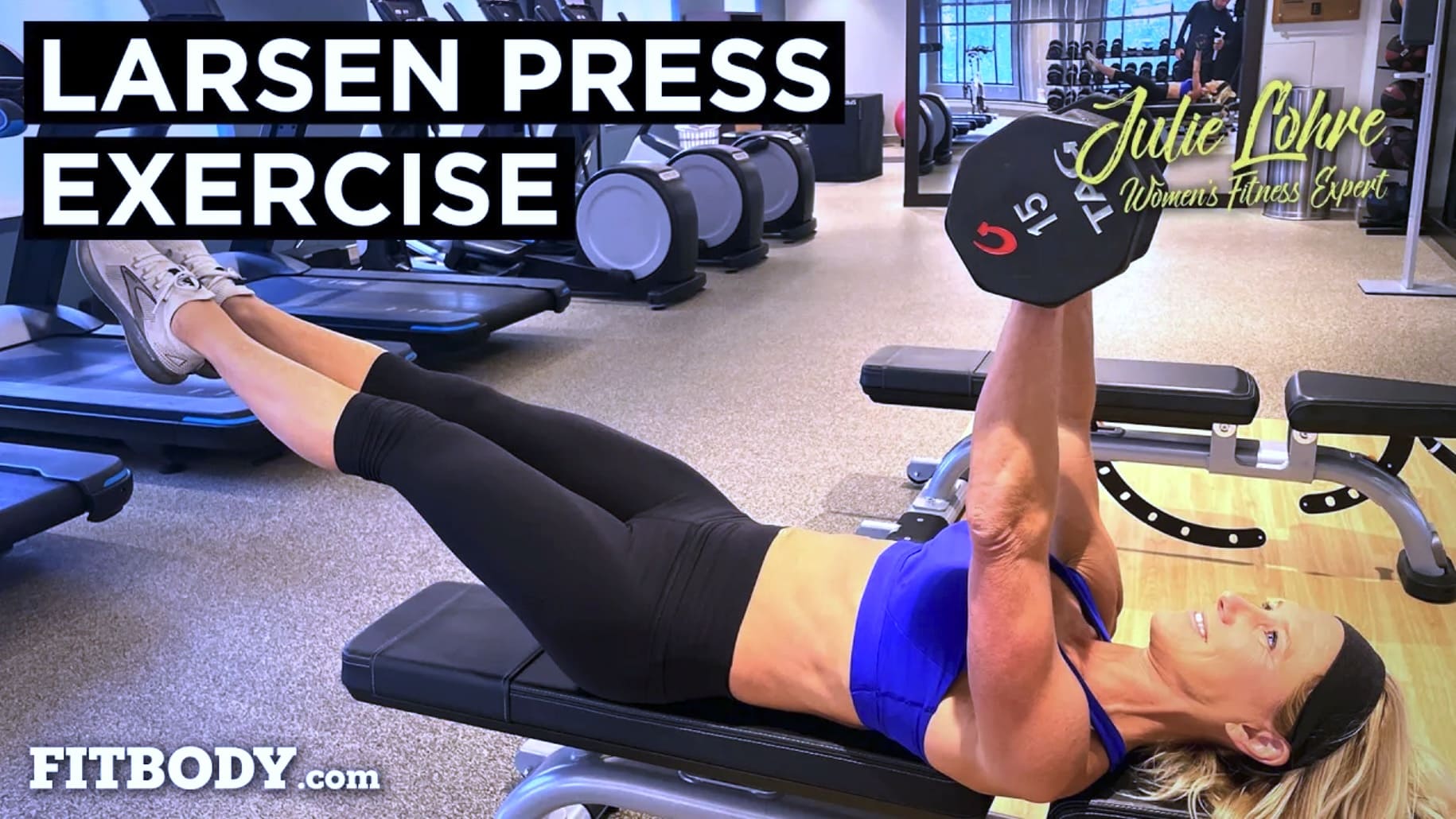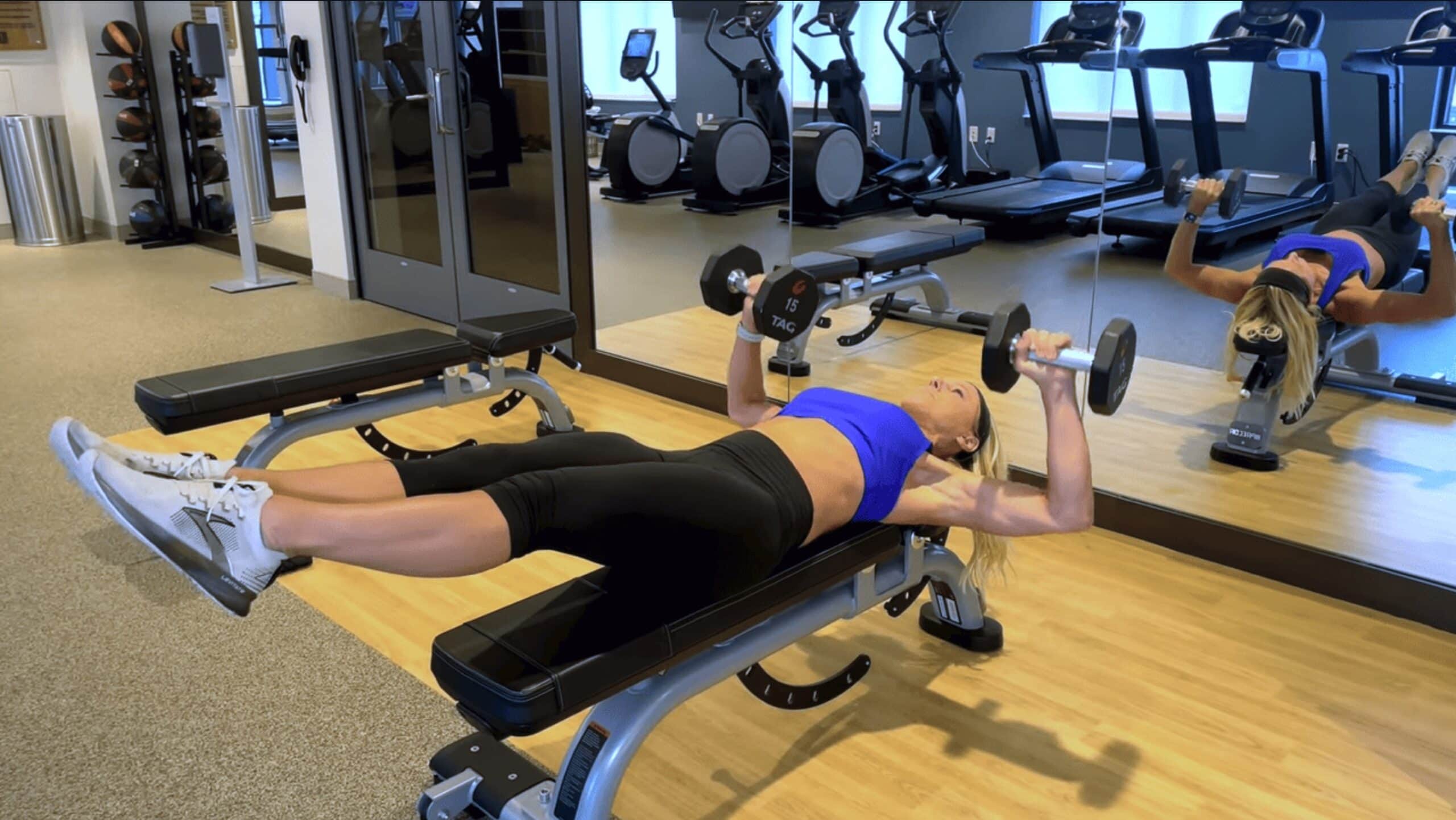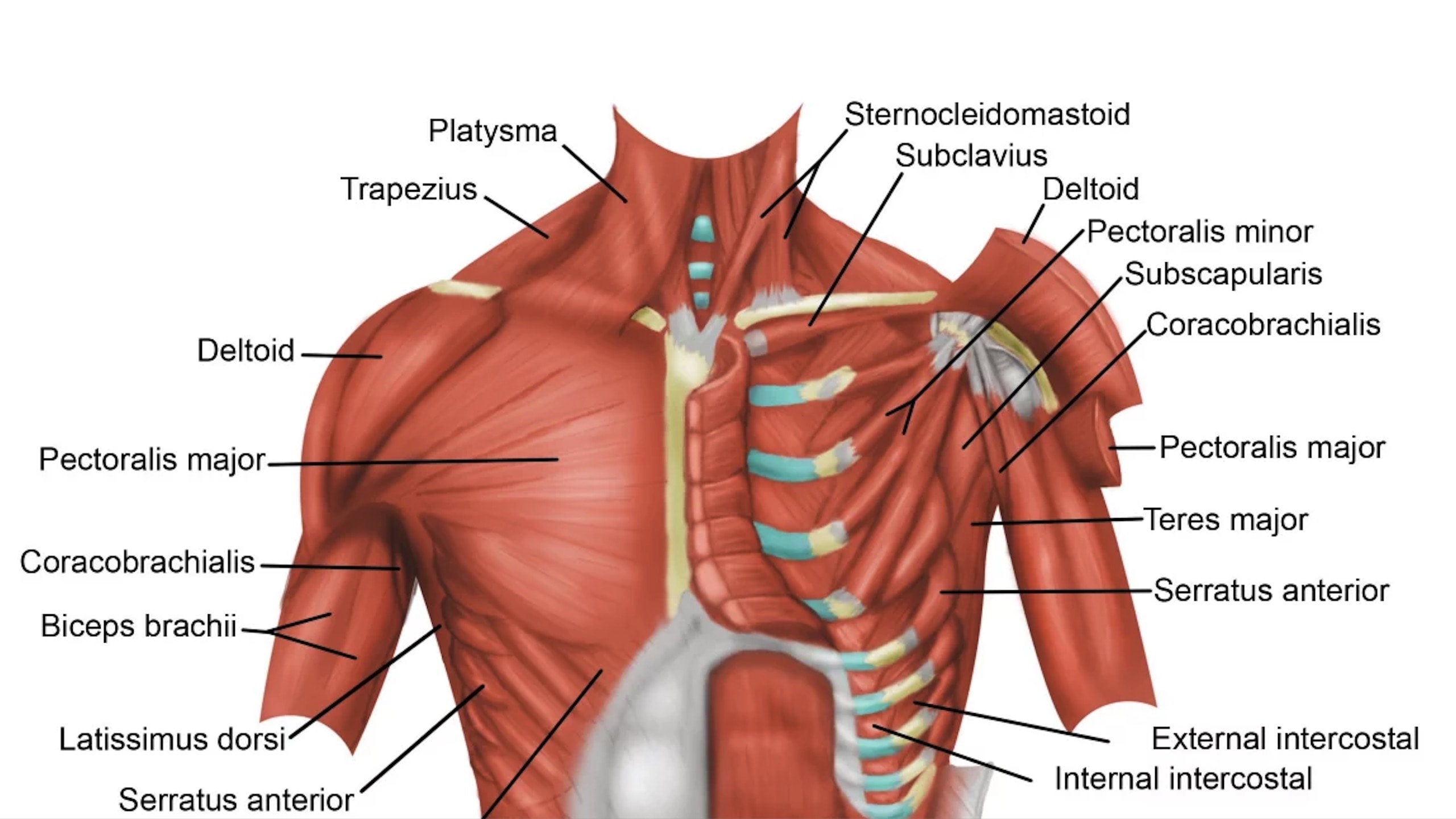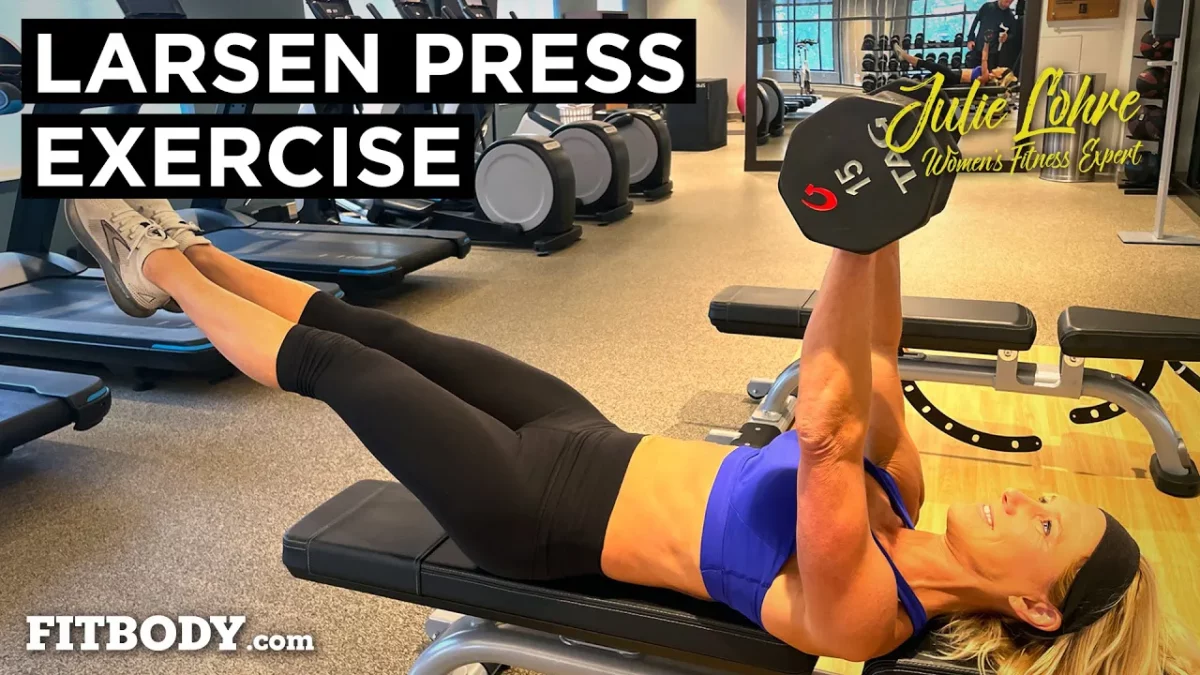Larsen Press: A Comprehensive Guide to a Bench Press Alternative
The world of fitness is brimming with diverse exercises, each targeting specific muscle groups and offering unique benefits. Among these, the Larsen Press stands out as an effective workout for those looking to enhance upper body strength. This article delves into the intricacies of the Larsen Press, providing insights into its nature, benefits, and how to perform it correctly.
What is a Larsen Press?
The Larsen Press is a variation of the traditional bench press, distinguished by its unique leg positioning. Unlike the conventional bench press where your feet are planted on the ground, in a Larsen Press, your legs are extended and raised, or resting on the bench. This alteration shifts the focus of the exercise, emphasizing core stability and upper body strength.

Step-by-step Directions on How to Do a Larsen Press
- Setup: Lie flat on a bench with your eyes under the barbell. Extend and raise your legs straight out using your core abdominal muscles to stabilize and hold your legs out.
- Grip: Grasp the barbell or dumbbells with a grip slightly wider than shoulder-width. Ensure your wrists are straight. With dumbbells, arms should be in a goal post position.
- Unrack: With a controlled motion, lift the weight straight up overhead coming to the top over your shoulders.
- Lower the Bar: Slowly lower the weight to your mid-chest, keeping your elbows out to the sides and concentrating on your chest or pectoralis muscles.
- Press Up: Drive the weight back up to the starting position, focusing on using your chest and arm muscles.
- Repeat: Perform the desired number of repetitions.


Why is it Called a ‘Larsen Press’?
The Larsen Press is named after its creator, powerlifter Larry Larsen. Larsen developed this variation to improve his bench press technique and strength by removing leg drive and increasing the emphasis on upper body and core stability.
What Muscles Does the Larsen Press Work Specifically?
The Larsen Press is a unique exercise that not only targets the upper body but also places significant emphasis on the core muscles. Specifically, it primarily works the pectoral (chest) muscles. However, what sets it apart from the traditional bench press is the increased engagement of the core or abdominal muscles.
By holding the legs straight out or raised, the exercise demands a high level of core stabilization. This position requires the activation of the deep abdominal muscles, including the rectus abdominis and the obliques, to maintain balance and control throughout the movement. This not only enhances the strength and stability of your core but also contributes to better posture and reduced risk of back injuries.
In addition to the core and pectoral muscles, the Larsen Press also engages the triceps and anterior deltoids (shoulders), rounding it off as a comprehensive upper body exercise. The combination of targeting both the major upper body muscles and the core makes the Larsen Press a valuable addition to any fitness routine, especially for those looking to strengthen their core while working on their upper body strength.

Watch Outs to Consider When Doing a Larsen Press
- Spinal Alignment: Keep your spine neutral. Arching your back excessively can lead to injury.
- Controlled Movement: Avoid rapid or jerky motions. Lower and lift the bar with control.
- Weight Selection: Start with lighter weights to master the technique before progressing.
- Spotter Assistance: Especially for beginners, having a spotter is recommended for safety.
Is the Larsen Press Better Than a Traditional Bench Press?
The term “better” is subjective and depends on your fitness goals. The Larsen Press is excellent for focusing on upper body strength and eliminating leg drive, which can be beneficial for targeting specific muscle groups. However, the traditional bench press is more comprehensive, engaging more muscles, including the lower body. Both exercises have their place in a well-rounded fitness regimen.
Find out more about Online Personal Training with Julie


